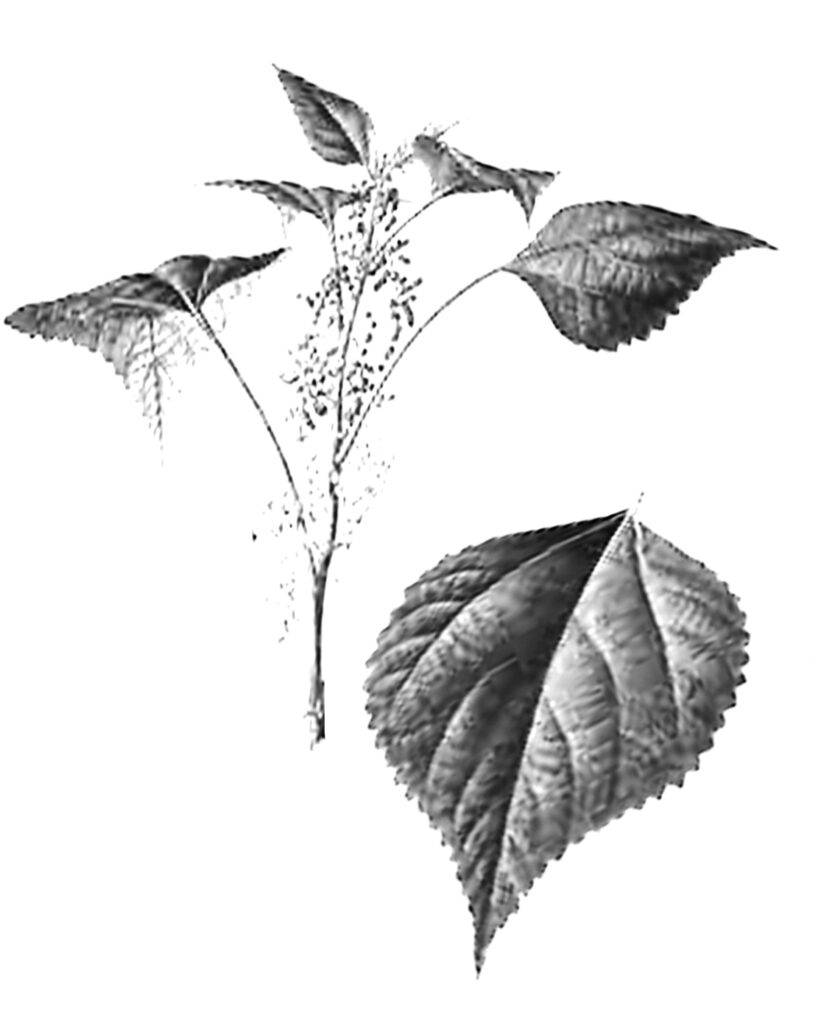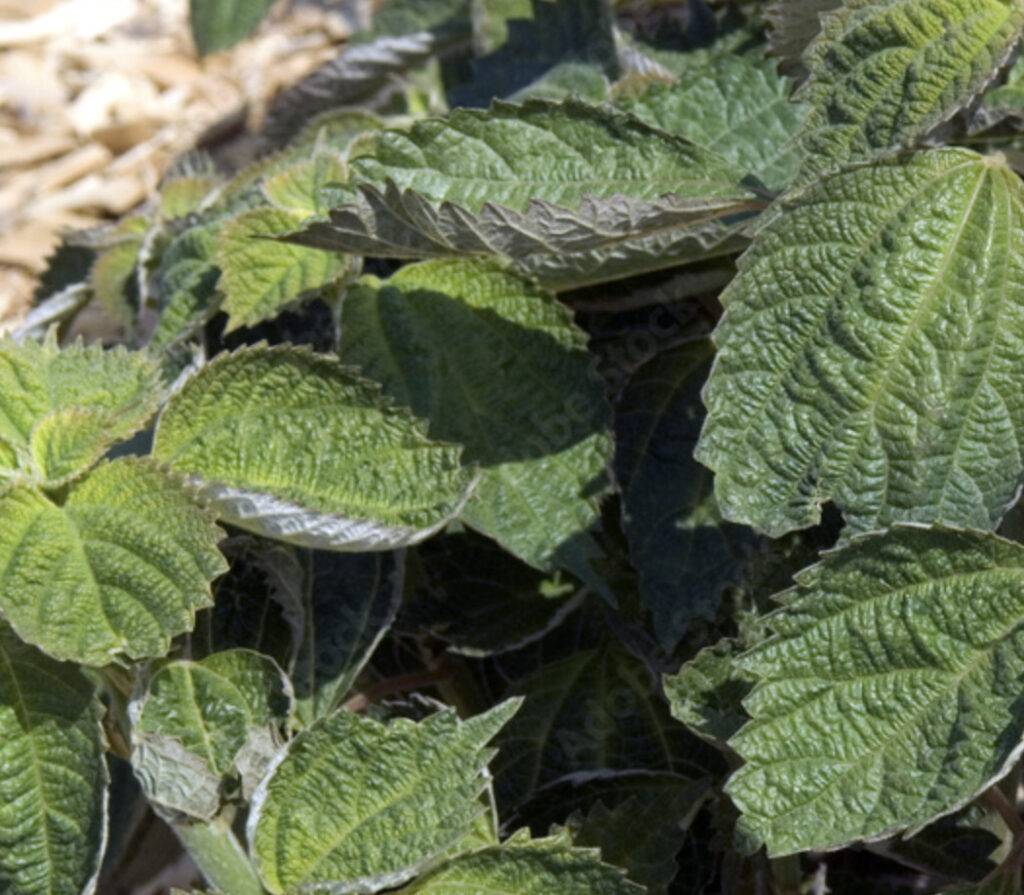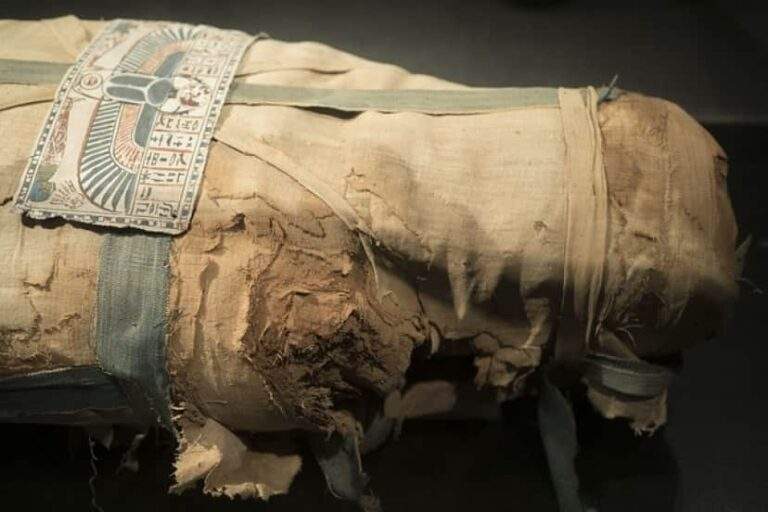THE FIBER
You can search about the Fiber knowledge.
Text By KATS TANAKA

苧環(ramie)は、東アジア原産のイラクサ科の顕花植物です。葉は長さ7-15cm、幅6-12cmのハート型で、裏面は白色、小さな毛が密生しており、これが銀色のように見えます。もう一つのタイプは、グリーンラミーまたはレアと呼ばれ、マレー半島が原産地と考えられている。葉が小さく、裏側が緑色をしており、熱帯の環境に適しているようである。ラミー」の語源はマレー語の「rami」です。
Ramie fiber, also known as China grass, is derived from the stem of the ramie plant, which is a member of the nettle family. The fiber is long, fine, and lustrous, and has a natural resistance to bacteria and mildew.In ancient China, ramie was used to make high-quality textiles for the aristocracy, including robes, hats, and handkerchiefs. It was also used for papermaking, and was considered a valuable commodity for trade. Ramie production in China was highly developed, with extensive cultivation and processing techniques that involved soaking, beating, and bleaching the fibers.
Ramie production spread to other parts of Asia, including Japan and Korea, where it was used for similar applications. In the 18th and 19th centuries, ramie was introduced to Europe and the Americas, where it was used primarily for industrial applications such as cordage and sailcloth. In the 20th century, with the development of new processing techniques, ramie fiber became more widely used in the textile industry, particularly for lightweight summer clothing, household textiles, and apparel linings. However, ramie fiber production has remained relatively small compared to other natural fibers such as cotton and linen, due to its high cost and the labor-intensive processing required to extract the fiber from the plant.

“ramie”の語源は、マレー語で “繊維 “や “糸 “を意味する “rami “に由来します。苧麻の繊維は、東アジア原産のBoehmeria niveaという植物から採れ、丈夫で耐久性のある繊維として広く栽培されています。もう一つの説として「ラミー繊維」を意味するフランス語の「rami」に由来しさらに「植物の一種」を意味するスペイン語の「ramio」にも由来している可能性もあります。


苧麻はチャイナグラス(中国草)とも呼ばれていますが、エジプトでも古くから栽培されている繊維作物です。衣料品などの繊維の生産に利用されていました。実際、古代エジプトの墓からは苧麻の繊維が発見されており、エジプトのパピルスにも記載されています(古代エジプトではリネンも苧麻も織物の材料として使われていましたが、ミイラを包む材料としてはリネンが最も一般的に使われていました。苧麻はミイラを包む布として使われることもあったがリネンほどには広く普及せず一般的に使われることはありませんでした。しかし、古代エジプトでは苧麻を使った織物がいくつか発見されておりその強度と光沢が珍重されていた形跡はあります)。エジプトにおける苧麻の栽培は時代とともに変動していますが、一部の地域では依然として重要な作物となっています。2017年にJournal of Cleaner Productionに掲載された研究によると、エジプトにおけるラミー栽培は、土壌侵食の抑制や土壌品質の改善など、環境面でのメリットがあるため、持続可能な開発の可能性があるとされています。
エジプト文明と東南アジアの苧麻の関係についてですが、苧麻は約5000年前に中国で初めて栽培化されたとされており、その後東南アジアなどを経由(野草としては東南アジアの方が先)世界各地に広まりやがてエジプトにも伝わったとされています。苧麻の繊維や織物は中国と地中海世界を結ぶ古代シルクロードで取引されており、古代エジプト人はこの貿易網を通じて東南アジアの苧麻を入手したと思われます。また古代エジプト人は海上交易を通じて東南アジアと接触した証拠もあり、東南アジアから直接苧麻を入手した可能性もあります。全体として苧麻がどのような経路でエジプトに到着したかは定かではありませんが古代エジプト文明と東南アジアの苧麻との間につながりがあったことは明らかです。

